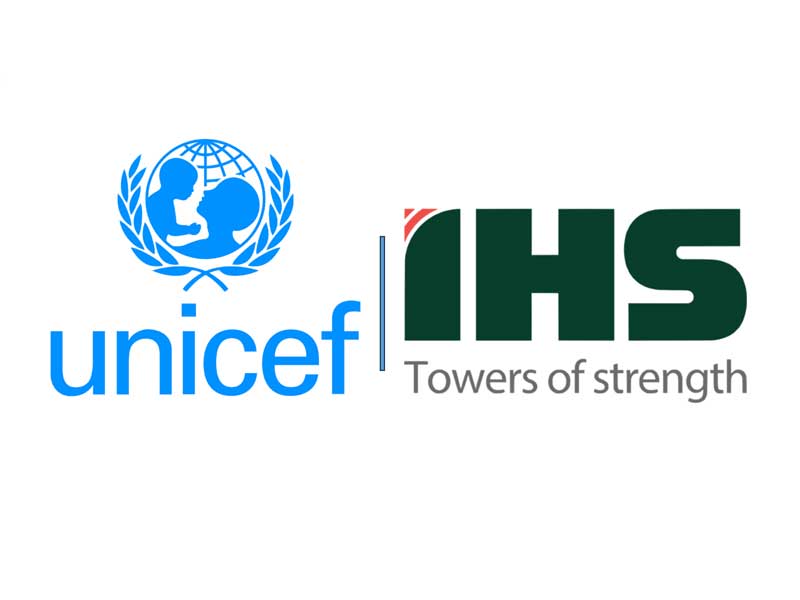The collaborative efforts of UNICEF, IHS Nigeria, the Canadian government, and the Rivers State Ministry of Health have yielded a significant improvement in healthcare accessibility within Rivers State and beyond. The oxygen plant donated to the Eleme General Hospital, located in the Ogale community, has become a crucial lifeline, addressing a critical gap in oxygen supply. With a remarkable production capacity of 123 cylinders and 720,000 liters of oxygen every 24 hours, the plant, established through a public-private partnership, has demonstrably impacted the region’s healthcare landscape. This initiative stands as a testament to the power of collaborative partnerships in achieving sustainable development goals and improving the health and well-being of communities.
IHS Nigeria, a key partner in this initiative, has consistently demonstrated its commitment not only to implementing impactful projects but also to ensuring their long-term sustainability. Their focus on monitoring and evaluating the impact of their interventions underscores their dedication to accountability and effectiveness. The oxygen plant in Eleme is one of nine such plants constructed across Nigeria, highlighting IHS Nigeria’s dedication to addressing healthcare needs nationwide. Their investment in these life-saving resources aligns with their overarching commitment to sustainability, which encompasses four key pillars: ethical governance, education and economic growth, environmental protection and climate action, and community development. By addressing these critical areas, IHS Nigeria strives to create a positive and lasting impact on the communities they serve.
The visit to the Eleme oxygen plant served as a vital assessment of the plant’s functionality, impact, and operational efficiency. This on-site evaluation provided firsthand insights into the plant’s performance and its contribution to meeting the oxygen needs of the region. The positive findings from the visit reaffirmed the success of the partnership and the tangible difference the plant is making in saving lives and improving healthcare outcomes. The collaboration between UNICEF, IHS Nigeria, the Canadian government, and the Rivers State Ministry of Health has set a powerful example of how public-private partnerships can effectively address critical healthcare challenges.
Dr. Anslem Audu, Chief of UNICEF Field Office in Port Harcourt, expressed profound satisfaction with the plant’s functionality and the Rivers State Government’s proactive approach in maximizing its utilization. He highlighted the plant’s crucial role in ensuring a consistent oxygen supply to hospitals in Port Harcourt and the surrounding areas, effectively ending the era of oxygen shortages. This reliable access to oxygen has dramatically improved the prognosis for patients, particularly children suffering from pneumonia and other respiratory illnesses. The success of this project underscores the importance of partnerships in strengthening healthcare systems and improving health outcomes for vulnerable populations.
The oxygen plant represents a significant stride in healthcare accessibility. Before its establishment, oxygen shortages posed a grave threat to patients in need. Children suffering from pneumonia often faced life-threatening situations due to the lack of this essential medical resource. The plant has effectively eliminated this critical vulnerability, ensuring that no child’s life is jeopardized by the unavailability of oxygen in hospitals. This achievement underscores the profound impact of collaborative initiatives in addressing critical healthcare gaps and saving lives.
Despite the plant’s operational success, challenges remain, primarily concerning the high operational costs associated with reliance on diesel generators due to the lack of connection to the national grid. The cost of diesel significantly impacts production expenses, and the added costs of distributing oxygen to storage hubs further compound this issue. Addressing these challenges requires a sustainable solution, such as connecting the plant to the national grid, to ensure long-term operational viability and affordability. This will further enhance the plant’s impact and contribute to the sustainability of this vital healthcare resource for the community.


